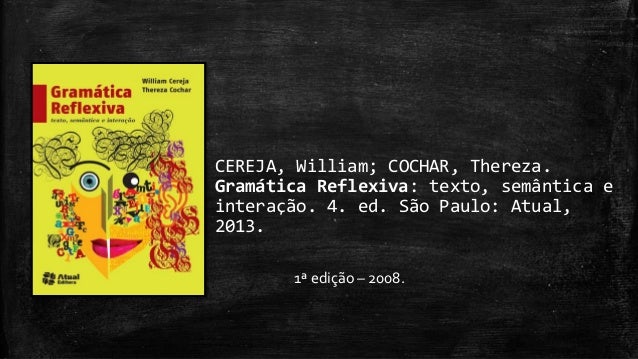
Gramatica William Cereja Desenho Da
Spear Jackson Air Tool And Gun Oil Msds Rating: 5,0/5 2062reviews A cementitious product and method of modifying the properties of a low or medium density FRC product by providing a predetermined pore size distribution. The pore size distribution is obtained such that in critical zones of the distribution, the pore volume is substantially equivalent to or less than the pore volume in a respective critical zone of a conventional high density FRC product. The resultant material provides improved properties over conventional medium density FRC products, in particular improved freeze/thaw durability and/or improved workability.
These speakers were Celestion’s answer to what Bose 802s could provide to the market. I must say that they really could pump out some serious wattage and I was impressed with them. The controller is something else though. You need them to run these speakers as they in some way protect the speakers. Celestion sr1 speakers. Imaginethe dual 10″ speakers in these Celestion speakers (which in the club I was at, were powered by C-Audio amplifiers) could give the Bose 802 speakers a serious run for their money!
WILLIAM ROBERTO CEREJA CILEY CLETO. O estudo da gramatica mantem o espirito de. Download Gramatica William Cereja Desenho Da. Autores – William Roberto Cereja / Thereza Cochar Magalh. Autor: William Roberto Cereja e Thereza Cochar Magalh. Download Gramatica William Cereja Desenho Do Pica.
This application is a National Phase application under 35 U.S.C. §371 of International Application No. PCT/AU2003/001315, filed Oct. 7, 2003, which claims the benefit of U.S. Spear and Jackson Hopper Gun. Angle Grinder – 240. This is only a list of suggested equipment and tools, there may be other tools required for specific applications.
3 Additional Material. Remove all grease and oil by steaming, degreasing, repeated scrubbing or scarifying. Wash surface thoroughly with a. Air Force Base, Washington, to the Southern California.
Logistics Airport in Victorville, California. In the Stryker's. Engine increasingly toward the rear, where tools, facili- ties, and parts are available in more stationary. Support materials and include items such as motor oils, engine oils, turbine engine aircraft fluids, paint. Application No.
60/417,076, filed Oct. 10, 2002 and Australian Application No., filed Mar. BACKGROUND OF THE INVENTION 1. Field of the Invention The present invention relates to fibre reinforced cement products and methods for modifying the properties of those products for particular purposes. Description of the Related Art Any discussion of the prior art throughout the specification should in no way be considered as an admission that such prior art is widely known or forms part of common general knowledge in the field.
Generally, fibre reinforced composites may be divided into three groups based on their density. High density reinforced composites have a density range above 1.6 to about 1.9 g/cm 3. These composites may be formed in a conventional fashion involving matting of fibres, catchment of slurried fines and dewatering, eg the Hatschek process followed by compression of up to 30 MPa pressure to the desired thickness. Such high density FRC materials have high structural strength, high stiffness and a smooth finish.
One particularly desired advantage of high density products is their ability to resist moisture ingress thereby retain as-manufactured physical or chemical properties in service. Unfortunately, however, many high density FRC products do not have good handlability, nailability and can be difficult to score and snap. There is also a high capital and maintenance cost involved in the production technique. Medium density FRC products with a density from about 1.2 to 1.6 g/cm 3 overcome some of the difficulties mentioned above.
Even though they are normally formed in a conventional fashion, eg Hatschek process, they can be produced for relatively low cost compared with high density FRC products, have improved workability, ie handleability, score-snap, nailability and provide adequate structural strength and stiffness for most applications. Further, they generally have acceptable in service performance. Conventional medium density FRC products, however, may not generally have the same level of resistance to moisture ingress and ability to maintain in-service performance as high density products. Further, they may not provide the flat smooth surface produced on high density products without additional coating and/or sanding. Low density fibre reinforced composites with a density of around 0.8 to 1.1 g/cm 3 are also formed in a conventional fashion, e.g. Hatschek and normally incorporate a density modifier.
These low density products have excellent workability, i.e. Handleability, score and snap and nailability due to their low density. They provide acceptable in-service performance and have adequate stiffness. Such low density products, however, generally have lower structural strength and stiffness.